Connecticut Talks Issues at Forums, Conferences Across State
/
The Connecticut legislature, now underway for 2014, is not the only place for conversation on key issues impacting Connecticut. A range of news organizations, nonprofits, associations and community-based groups are sponsoring forums, summits and sessions to better-inform the public and bring interest and attention to specific issues. Among them:
February 10 - Hartford’s Edgy Arts, Mark Twain House & Museum
The Hartford area attracts an array of creative people from actors to musicians, poets to painters. What is it that so draws artists? What to they need to flourish here? A discussion of the creative economy, in the Capitol City. Refreshments at 5:30; panel discussion at 6:15. Advance articles published in The Hartford Courant; a program of Hartford Young Professionals & Entrepreneurs (HYPE), FOX Connecticut and The Hartford Courant.
February 20 - Pay-for-Success Informational Conference, Legislative Office Building
National leaders from the emerging field of Pay for Success will be speaking, with a focus on three key elements: 1) Offering high-quality preventative services; 2) Requiring rigorous measurement of results; and 3) Capturing savings or avoided costs. The 2014 Pay-for-Success (PFS) Informational Conference, 10:00-12:30 PM, will offer interested stakeholders the chance to discuss the field with leaders from around the country, while hearing about projects underway in the areas of early childhood, juvenile recidivism, health care and workforce development. Sponsoring organizations include BlumShapiro, Connecticut Institute for the 21st Century, Capitol Region Council of Governments, Connecticut Center for Social Innovation, Community Impact Strategies Ltd, and Connecticut Association for Human Services.
February 24 - The Knowledge Economy; Connecticut Conference of Independent Colleges, CT Mirror, Quinnipiac University
Connecticut is home to almost 50 colleges and universities and has created an industry in surrounding towns and cities. What is expected as we continue into the 21 st Century? Join the Connecticut Conference of Independent Colleges and The Connecticut Mirror in the lively discussion, "The Knowledge Economy," on Monday, Feb. 24 , from 7-9 p.m., in the auditorium at the Quinnipiac University Frank H. Netter MD School of Medicine. This event is free and open to the public. No registration is necessary. Panelists include Sal Filardi - Vice President, Facilities & Capital Planning, Quinnipiac University; Rich Jacob - Vice President for Federal and State Relations, Yale University; Todd Andrews - Vice President for Economic & Strategic Development, Goodwin College and Jeff Seemann - Vice President for Research, UCONN.
st Century? Join the Connecticut Conference of Independent Colleges and The Connecticut Mirror in the lively discussion, "The Knowledge Economy," on Monday, Feb. 24 , from 7-9 p.m., in the auditorium at the Quinnipiac University Frank H. Netter MD School of Medicine. This event is free and open to the public. No registration is necessary. Panelists include Sal Filardi - Vice President, Facilities & Capital Planning, Quinnipiac University; Rich Jacob - Vice President for Federal and State Relations, Yale University; Todd Andrews - Vice President for Economic & Strategic Development, Goodwin College and Jeff Seemann - Vice President for Research, UCONN.
February 26 - Vital Voices in Entrepreneurship, Goodwin College
A special spea ker series focused on the first-hand perspectives of leaders making a mark in business and the community. The next event at Goodwin College's Community Room on February 26 will feature Stew Leonard, Jr., President and Chief Executive Officer of the unique, family-owned and operated farm fresh stores, Stew Leonard's. The keynote address will commence at 6:00 p.m., preceded by a networking reception at 5:00 p.m. with wine, beer and hors d'oeuvres.
ker series focused on the first-hand perspectives of leaders making a mark in business and the community. The next event at Goodwin College's Community Room on February 26 will feature Stew Leonard, Jr., President and Chief Executive Officer of the unique, family-owned and operated farm fresh stores, Stew Leonard's. The keynote address will commence at 6:00 p.m., preceded by a networking reception at 5:00 p.m. with wine, beer and hors d'oeuvres.
February 28 – Retrofitting Our Towns: Can We Add Density, Affordability and Walk-ability to Help Municipalities Survive…And T hrive? The Lyceum, Hartford
hrive? The Lyceum, Hartford
Can suburbs and smaller towns reshape and respond to the demographic, economic and lifestyle pressures of the 21st Century? One of the nation’s leading experts – Lynn Richards of the EPA Office of Smart Growth – assesses four Connecticut municipalities and offers lessons for all the others. Program 9:00-111:00 AM. Sponsored by the Connecticut Main Street Center, Partnership for Strong Communities and the American Planning Association - Connecticut.
March  7 - An Honest Look at Mental Illness, Connecticut Forum, The Bushnell
7 - An Honest Look at Mental Illness, Connecticut Forum, The Bushnell
The Connecticut Forum presents a conversation about perceptions, realities, and what it’s like to work and live with the stigma of mental illness. Panelists include journalist and mental health advocate Andrew Solomon, Dr. Hank Schwartz, Chief of Psychiatry at Hartford’s Institute of Living, former NBA player Royce White and bipolar disorder authority Dr. Kay Redfield Jamison. Founded in 1992, The Connecticut Forum is a one-of-a-kind 501(c)(3) nonprofit organization serving Connecticut and beyond with live, unscripted panel discussions among renowned experts and celebrities, and community outreach programs including the award-winning Connecticut Youth Forum.
March 14 – Hartford Business Journal Municipal Collaboration Summit, Goodwin College
An opportun ity to learn about the benefits of collaboration which save money and leverage the purchases and agreements for towns. The event will highlight people that are already implementing positive changes. Panel discussions, workshops and Q&A with key leaders and a panel of experts.
ity to learn about the benefits of collaboration which save money and leverage the purchases and agreements for towns. The event will highlight people that are already implementing positive changes. Panel discussions, workshops and Q&A with key leaders and a panel of experts.
March 26 - Student Debt and Financial Aid: What (if anything) can we do?, Southern Connecticut State University
Sponsored by the Center for Higher Education Retention Excellence, 9AM-3PM, at Southern Connecticut State University, featuring Sandy Baum, Research Professor of Education at the George Washington School of Education and Human Development and Senior Fellow at the Urban Institute, and panel of Connecticut financial aid directors (representing a public university, community college and private college) and a student panel. Registration now available; limit 75 attendees.


 e rates were in New Jersey, 8.6 percent, New York, 8.8 percent, and the District of Columbia, 9.2 percent. Utah, Pennsylvania, and Hawaii were tied at 9.5 percent.
e rates were in New Jersey, 8.6 percent, New York, 8.8 percent, and the District of Columbia, 9.2 percent. Utah, Pennsylvania, and Hawaii were tied at 9.5 percent. wayton, with its clapboard and shingle homes perched along its rocky shorelines, has lured artists for centuries. In fact, many New Englanders don't even know this gem, making it all the more dear for those 4,000 or so who call it home.”
wayton, with its clapboard and shingle homes perched along its rocky shorelines, has lured artists for centuries. In fact, many New Englanders don't even know this gem, making it all the more dear for those 4,000 or so who call it home.”
 rship of Hartford-based organizations stepped up in a way that has proven quite effective, and is gaining national recognition.
rship of Hartford-based organizations stepped up in a way that has proven quite effective, and is gaining national recognition.
 just to their new land.
just to their new land.

 The
The 

 nd are “intended to limit live action,” including:
nd are “intended to limit live action,” including:

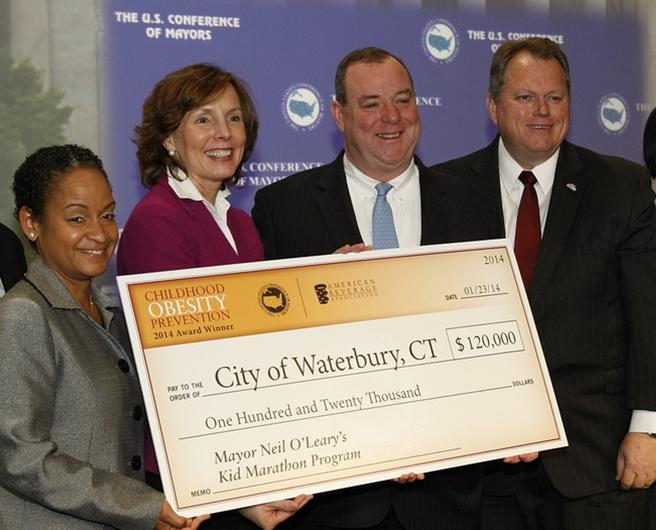 reg Fischer, U.S. Labor Secretary Thomas Perez and Wendy Spencer, CEO of the Corporation for National and Community Service.
reg Fischer, U.S. Labor Secretary Thomas Perez and Wendy Spencer, CEO of the Corporation for National and Community Service.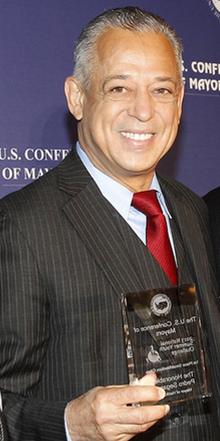 The Kid’s Marathon Program is designed to target city youth lacking in physical activity and good nutrition habits. Students run 1-2 miles, two or three times per week, completing a cumulative 26.2 mile marathon over the course of the program. They also receive positive and practical guidance on nutrition that helps foster long-term healthy eating behaviors. In 2013, the program’s first year, 438 students participated, with the culminating 1-mile run occurring at Crosby High School before a crowd of family, friends and supporters.
The Kid’s Marathon Program is designed to target city youth lacking in physical activity and good nutrition habits. Students run 1-2 miles, two or three times per week, completing a cumulative 26.2 mile marathon over the course of the program. They also receive positive and practical guidance on nutrition that helps foster long-term healthy eating behaviors. In 2013, the program’s first year, 438 students participated, with the culminating 1-mile run occurring at Crosby High School before a crowd of family, friends and supporters. e Association (ABA), to support and/or enhance mayors’ ongoing childhood obesity prevention programs in their cities. A total of $445,000 in grants was awarded to support both new and existing programs. Denver, CO and Dallas, TX (large cities) and York, PA and Monrovia, CA (small cities) were the other recipients.
e Association (ABA), to support and/or enhance mayors’ ongoing childhood obesity prevention programs in their cities. A total of $445,000 in grants was awarded to support both new and existing programs. Denver, CO and Dallas, TX (large cities) and York, PA and Monrovia, CA (small cities) were the other recipients.
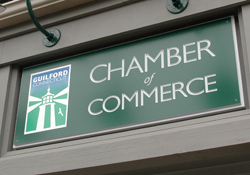 ed Middlesex County Chamber of Commerce remains by far the state’s largest, with over 2,350 members that employ over 50,000 people. The organization, led by longtime President Larry McHugh, “strives to be the voice of business in Middlesex County and the surrounding area,” according to its
ed Middlesex County Chamber of Commerce remains by far the state’s largest, with over 2,350 members that employ over 50,000 people. The organization, led by longtime President Larry McHugh, “strives to be the voice of business in Middlesex County and the surrounding area,” according to its 
 n Chamber and the Quinnipiac Chamber began to “officially collaborate on all aspects of their respective organizations, while continuing to operate as separate business units in separate office locations.”
n Chamber and the Quinnipiac Chamber began to “officially collaborate on all aspects of their respective organizations, while continuing to operate as separate business units in separate office locations.”

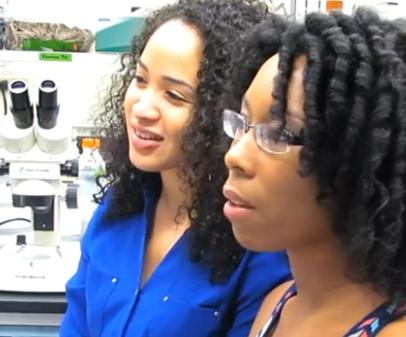 who will discuss topics such as career placement basics, salary and promotions, communication, creating support groups, being culturally aware, finding a work/life balance, and appreciating the value of staying true to oneself in male-dominated fields.”
who will discuss topics such as career placement basics, salary and promotions, communication, creating support groups, being culturally aware, finding a work/life balance, and appreciating the value of staying true to oneself in male-dominated fields.”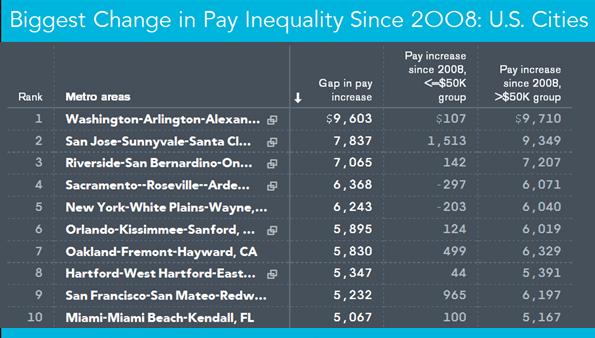
 New York metropolitan area ($6,243), greater Orlando ($5,895) and metropolitan Oakland ($5,830).
New York metropolitan area ($6,243), greater Orlando ($5,895) and metropolitan Oakland ($5,830).



























